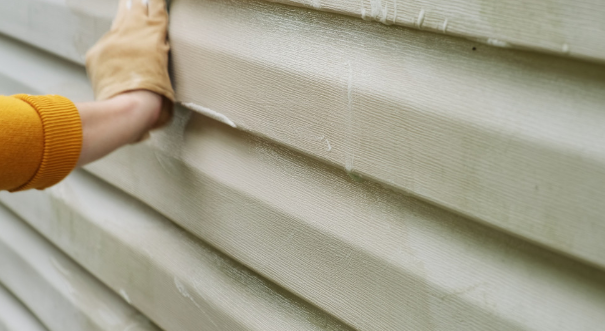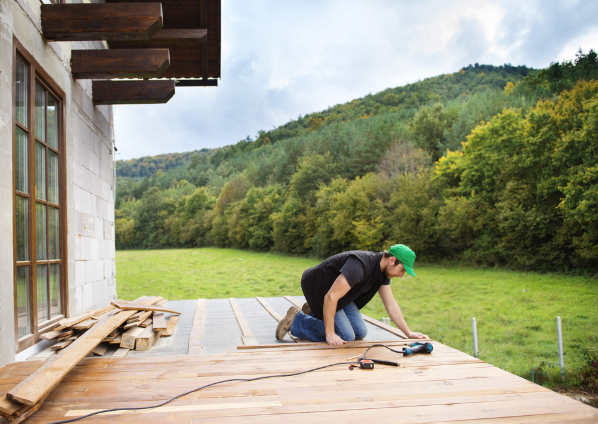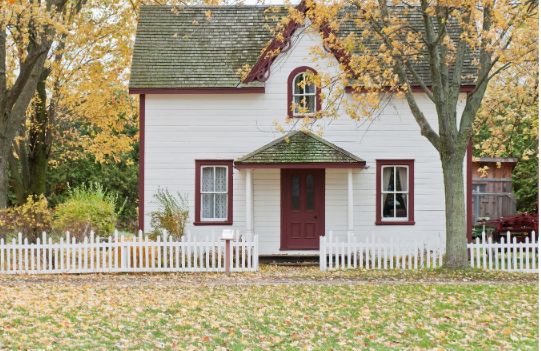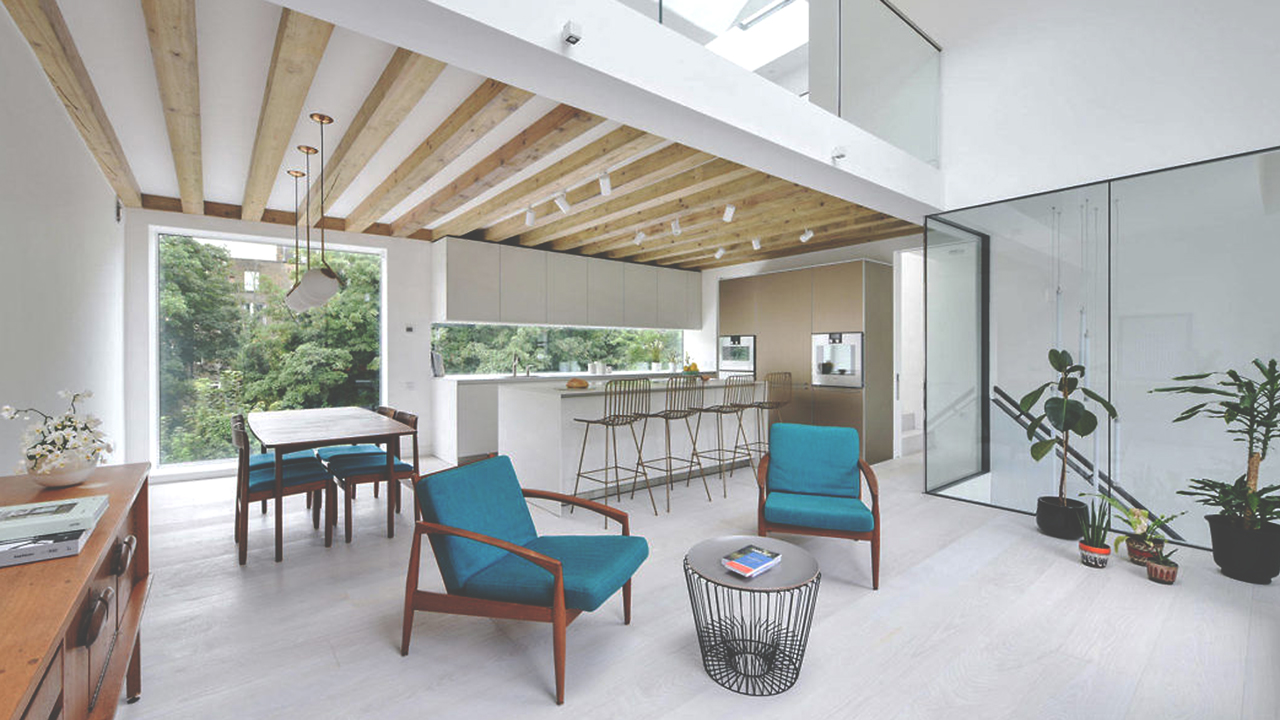Remodeling your home’s siding is a significant undertaking that can dramatically change your home’s curb appeal and potentially increase its market value. Whether you’re looking to give your home a fresh appearance or preparing to sell, choosing the right materials and planning thoroughly is crucial. This article will guide you through essential considerations to ensure your siding remodel is a successful investment.
Choosing the Right Material
One of the first steps in a siding remodel is selecting the right material, as it directly impacts durability, maintenance, and aesthetic appeal. Vinyl siding stands out because of its longevity, being able to last up to 50 years. Such an extended lifespan makes it a popular choice for homeowners looking for a long-term solution with minimal upkeep.
With a wide range of options available, it’s crucial to evaluate the pros and cons of each material type. Factors like climate, personal preference, and budget will influence your decision, so it’s essential to research diligently. Professional consultations can provide insight into what materials would best suit your specific needs and conditions.
Exploring alternatives, such as wood, fiber cement, and composite siding, ensures that you are making an informed choice. Natural wood offers a classic appearance but requires more maintenance compared to synthetic alternatives like vinyl. Consulting with contractors about each material’s characteristics can further assist in finalizing the best pick for your home.
Considerations in Siding Colors
Color selection plays a pivotal role in how your home is perceived by both you and potential buyers. Many design experts advocate for white as the optimal siding color if you’re planning to sell your home, as studies show nearly half consider it the best choice. Natural wood stains follow closely, with their appeal drawing in numerous potential buyers due to their rich, organic appearance.
While white siding may enhance a home’s marketability, it’s important to consider how color affects personal enjoyment. You might want to explore trends or coordinate colors with the neighborhood to achieve an aesthetically pleasing exterior. Neighborhood and regional trends can also dictate which siding colors are most desirable, ensuring your home stays in line with market expectations.
Understanding the psychological impact of color can also be beneficial. Neutral tones often convey a sense of calmness and serenity, making them popular among homebuyers. On the other hand, a bold, vibrant color can make a striking statement that reflects personal taste and creativity.
Managing Waste and Debris
Undoubtedly, a siding remodel generates substantial waste which requires proper disposal management. A practical solution is renting a 10-yard dumpster, which can accommodate materials weighing between 2 to 3 tons. Planning ahead for waste management not only streamlines the process but also ensures compliance with local regulations.
Efficient disposal of old siding materials helps maintain a clean and safe worksite, minimizing potential hazards. By coordinating with the contractor on waste handling, you can minimize the disruption to your daily life. Ensuring proper permits for waste disposal might be necessary depending on local guidelines, so it’s important to verify these details before the project starts.
Recycling options for discarded materials could provide additional benefits, both environmentally and financially. Many materials, like metal, can be recycled, providing an opportunity to reduce landfill use. Establishing a disposal plan at the outset can contribute to a more sustainable project and potentially cost savings.
Budgeting for Your Siding Remodel
A clear and realistic budget is fundamental for a successful siding remodel, balancing desired outcomes with financial constraints. Begin by researching material costs, installation fees, and ancillary expenses, such as permits and waste management. Creating a comprehensive budget early in the planning phase can help prevent unexpected expenses and delays.
Seek estimates from multiple contractors to compare prices, scope, and expected timelines. This practice can uncover potential price discrepancies and variations in service quality. Don’t hesitate to ask for references to gauge past client satisfaction and project success rates.
It’s wise to set aside a contingency fund for unforeseen circumstances, typically around 10% of the total budget. Unanticipated issues, such as structural repairs or additional material costs, can arise during the remodel. With a contingency plan in place, you can tackle these challenges without derailing the project financially.
Ensuring Long-Term Satisfaction
Successfully completing a siding remodel not only elevates your home’s aesthetic but can also enhance its overall value. By carefully choosing materials, considering color options, managing waste responsibly, and setting a detailed budget, you’ll set the stage for achieving your vision. Remember, thorough planning and professional guidance are the keys to ensuring your siding remodel becomes a lasting asset to your home.
Beyond the immediate transformations, consider how your choices will affect your home’s future needs and potential marketability. By aligning your remodel with strategic planning and personal preferences, your home will stand out elegantly and efficiently. Ultimately, a well-executed siding project contributes significantly to your home’s long-term appeal and functionality.










